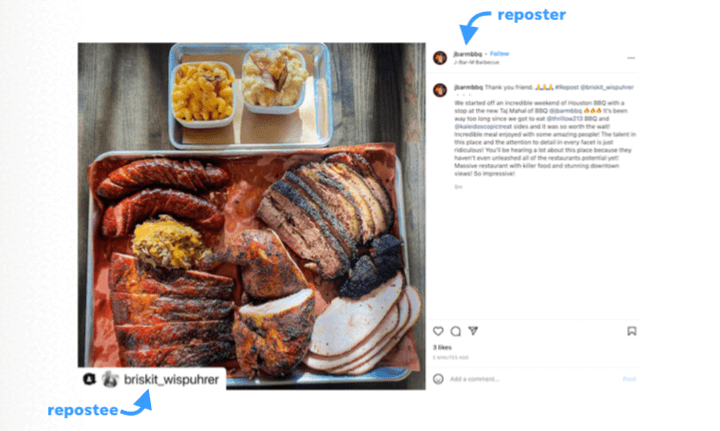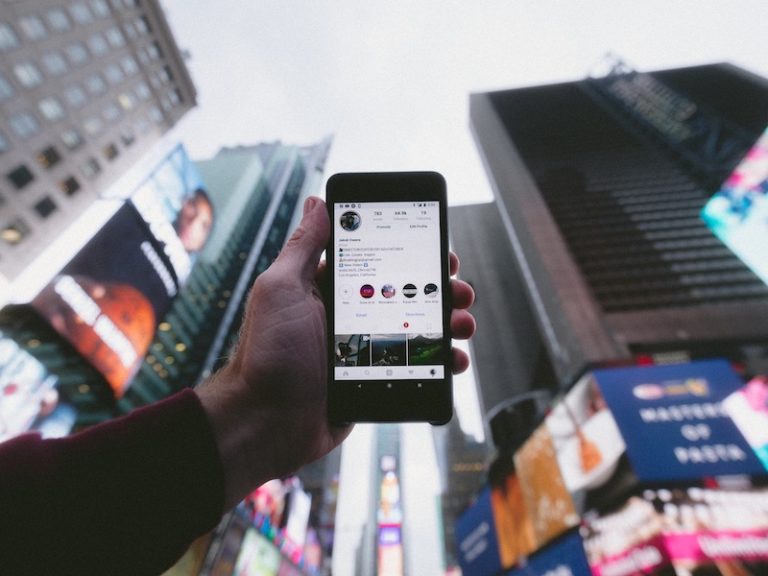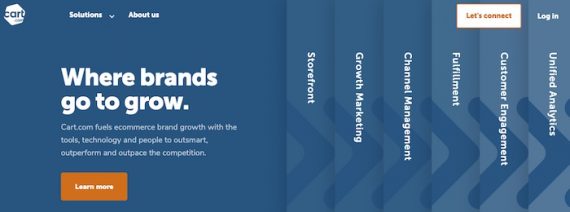“We didn’t just see lifts on Amazon. There is a ‘halo effect’ on how much demand Amazon creates with this event,” Andy Taylor, Director of Research at Tinuiti said.
Tinuiti recently conducted a webinar featuring John Phillips, Director of Strategy and Insights at Profitero, Andy Taylor, Director of Research at Tinuiti, and Aaron Levy, Group Director, SEM from Tinuiti.
Here’s what the last few months of the year are going to involve:
The mid-October Prime Day was a huge shopping event–so huge, in fact, that it affected far more than just a single marketplace.
Together, these three experts shared their predictions for the upcoming 2020 Black Friday and Cyber Monday shopping seasons, and their recommendations for ecommerce retailers.
Pandemic continues to impact shopping behavior
Sponsored Brands Video Ads played a key role in driving Sponsored Brands ad sales during Prime Day, accounting for as much as 81% of sales share according to Andy’s data. The adoption of video ads has accelerated among retailers and it shows. It performs much better than direct response formats and creates a stickier brand experience for your customers.
- February – disinfecting & protecting (e.g. hand sanitizers, masks, wipes)
- Early March – pantry panic (canned goods, toilet paper, water)
- Mid-March – home life and home office (board games, desks, office equipment)
- April – power nesting, insourcing & fitness (bread machines, coffee machines, exercise equipment)
- June to August – puppy boom (pet equipment, pet food)
This article just scratches the surface of what our team of experts had to say. Want to hear more Black Friday/Cyber Monday ecommerce predictions? Watch the entire webinar.
This data illustrates two things. First, that Prime Day is a highly competitive period for brands–even those that don’t sell on Amazon themselves. Second, brands should make Prime Day a crucial component of their marketing plan and budget ad spend accordingly. A successful ad campaign can bring you immense returns and set you up for more success as the holiday shopping season segues into Black Friday and Cyber Monday.
Prime Day affected other search platforms. Searches and sales across different platforms also surged in the 48 period covered by Prime Day. For instance, sales on desktop increased by 109% on Google US and increased by 57% on mobile. Part of this is due to retailers posting their own concurrent offers in an effort to compete with Prime Day. Another contributing factor is shoppers who initially shop for their desired product on Amazon, but then expand that search to Google if they can’t find the exact deal they want.
- Retreating into comfort – food, alcohol, leisurewear, entertainment
- Retreating into home improvement – home renovation projects, home office
- Self-improvement – fitness equipment, hobbies
The pandemic and social distancing have covered a prolonged period throughout the year, and its impact on shoppers has not been consistent nor universal. Instead, researchers at Profitero have been able to divide its impact into phases:
Online price inflation
Amazon Ads played a key role. Amazon Ads were vital in the success for many sellers and vendors during Prime Day, especially for Sponsored Brands, which experienced a 590% growth in sales YoY.
Here are a few of the predictions discussed in the webinar:
Ecommerce store owners should monitor retailer prices carefully to catch whether or not retailers are charging too much. Capitalize on promotions and beat retailers on the price whenever possible. Don’t get left behind in the price war, because competitors will be doing the same–whether retailer or ecommerce.
Prime Day is boosting everything
“Prime is definitely becoming a cross-channel event,” Taylor said, and the data definitely bears this out. Retail sales increased by 79% from Facebook ads and 159% from Instagram ads during Prime Day.
“Retailers are setting a price higher than what it appears to be in the store,” Phillips says. “And of course you have other charges when you have the product delivered to your house. Consumers–especially those buying via ecommerce–have to deal with more red tape and fine print that increase the final cost.” Fortunately, we assembled some of the finest minds in ecommerce to share their analysis of and insight into the current state of the markets, what retailers can expect in the coming weeks, and what brands can do to ensure their Black Friday and Cyber Monday are a success.
One unfortunate side effect of the current situation is a widespread trend of physical retailers applying online purchase costs above and beyond the item’s actual price. – John Phillips, Director of Strategy and Insights at Profitero Black Friday and Cyber Monday have always been stressful times for eCommerce vendors, but 2020’s shopping holidays are going to be especially challenging. Most retailers–even veteran ones–are going to have trouble simply due to how unprecedented the year’s events have been.
Phillips recommends that retailers optimize paid strategies and organic search in order to “win” trending terms and get a leg up in these product categories. Moving search results positions from page 2 to page 1 for high-frequency keywords will have a significant impact on your traffic and conversions.
Research data has shown that this increase is being applied universally across all online shopping categories–in some cases by as much as 4%.
“These spring and summer trends have also carried over to Prime Day. But tastes are still very likely to shift as second-wave lockdowns are imposed and economic uncertainty rises.”



![What is Amazon Vine? [A Closer Look At The New and Improved Vine Experience]](https://research-institute.org/wp-content/uploads/2021/05/what-is-amazon-vine-a-closer-look-at-the-new-and-improved-vine-experience-768x376.jpg)


